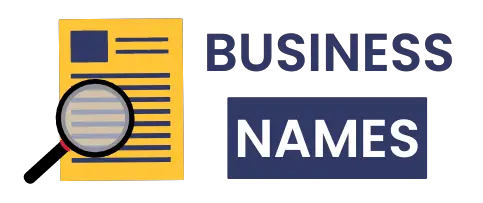Last January, I downloaded my fifth budgeting app. I was going to get serious about money this time. Track every coffee. Every grocery trip. Every impulse Amazon purchase at 11 PM.
Sound familiar?
You’ve probably been there too. The guilt when you abandon another budgeting app. The shame when you can’t stick to tracking every expense. The feeling that you’re just bad with money.
Here’s the truth: It’s not you. It’s the system.
After a year of obsessive expense tracking, I discovered something that changed everything. The problem isn’t your willpower. It’s that detailed expense tracking actually makes most people feel worse about money, not better.
And the data backs this up.
The Promise vs. Reality of Modern Budgeting Apps
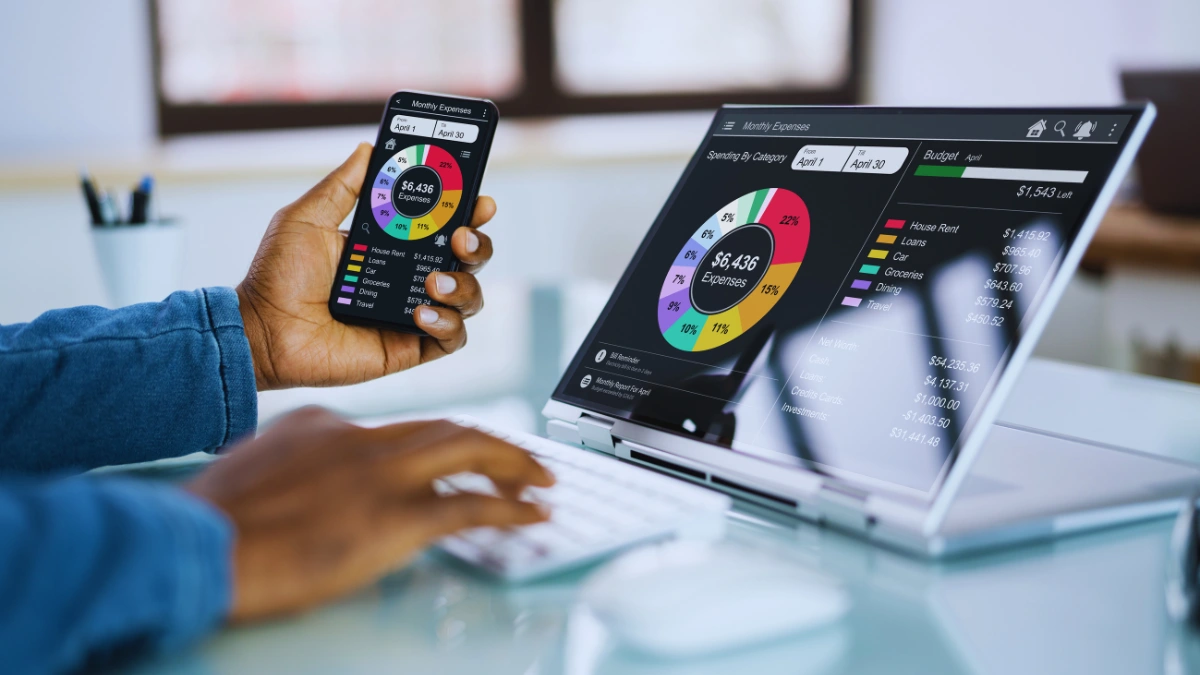
Budgeting apps promise control. Peace of mind. Financial freedom through perfect tracking.
The market believes in this promise, too. Personal finance apps will hit $2.9 billion in revenue this year. Nearly 80% of budgeting app users check their apps weekly. These numbers suggest people want these tools.
But here’s what the download data reveals. EveryDollar, one of the most popular budgeting apps, saw downloads drop from 58,000 to 30,000 in just three months during early 2024. Rocket Money went from 563,000 downloads to 140,000 in the same period.
People download these apps. Then they quit.
Why does this happen? Because there’s a gap between what apps promise and what actually works for real people with real lives.
Only 36% of Americans have a long-term financial plan. Yet we keep downloading apps that demand daily attention and perfect categorization. We want simple solutions. Apps give us complexity.
The result? 52% of Americans still live paycheck to paycheck despite having access to hundreds of budgeting tools.
The tools aren’t broken. But they’re not built for how humans actually think about money.
Why Detailed Tracking Actually Makes You Feel Worse
Most budgeting advice tells you to track everything. Every dollar needs a category. Every expense needs a purpose. But after 12 months of doing exactly this, I learned why it backfires for most people.
Detailed tracking doesn’t just fail to help. It actively makes you feel worse about money.
1. You Start to Feel Guilty About Every Purchase

Budgeting apps turn every purchase into a judgment. You buy lunch and see “Over budget by $12.50.” You grab coffee and get a notification about your dining category.
This creates something experts call “budget guilt.” Instead of helping you make better choices, detailed tracking makes you feel bad about the choices you’ve already made.
The app becomes a financial parent, constantly telling you what you did wrong. That $5 coffee becomes evidence that you’re bad with money. That Amazon purchase becomes proof that you lack self-control.
When every expense feels like a failure, you start avoiding the app entirely. The guilt grows stronger than the desire to track. So you quit.
2. Categorizing Everything Is Actually Pointless
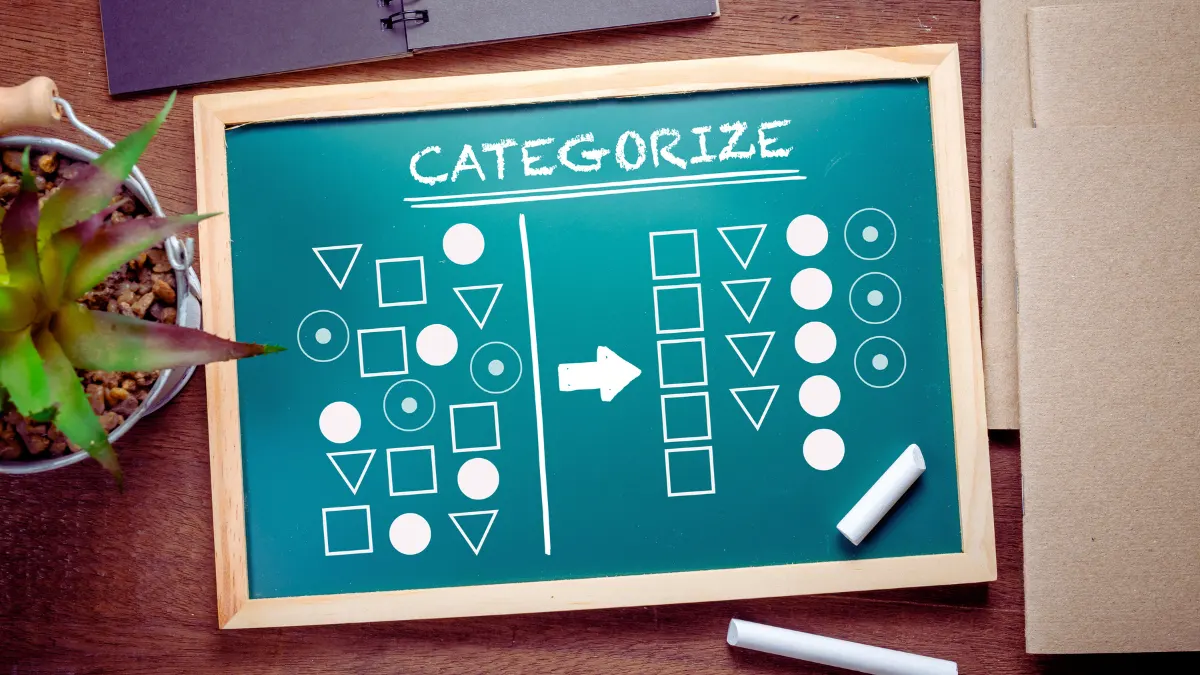
Try categorizing 10 different Amazon purchases. One order has shampoo, a phone charger, and a book. Does that go under personal care, electronics, or entertainment?
What about cash from the ATM? Gas station snacks during a road trip? Target runs that include groceries and household items?
These decisions take mental energy. And here’s the kicker: the categories don’t actually matter for most people.
Do you really need to know you spent exactly $127.43 on restaurants last month versus $89.12 on groceries? For most budgeting goals, rough averages work just fine. But apps demand precision that adds stress without adding value.
You end up spending more time categorizing expenses than you spend thinking about whether those expenses align with your goals.
3. Apps Can’t Help When You Actually Need Them Most
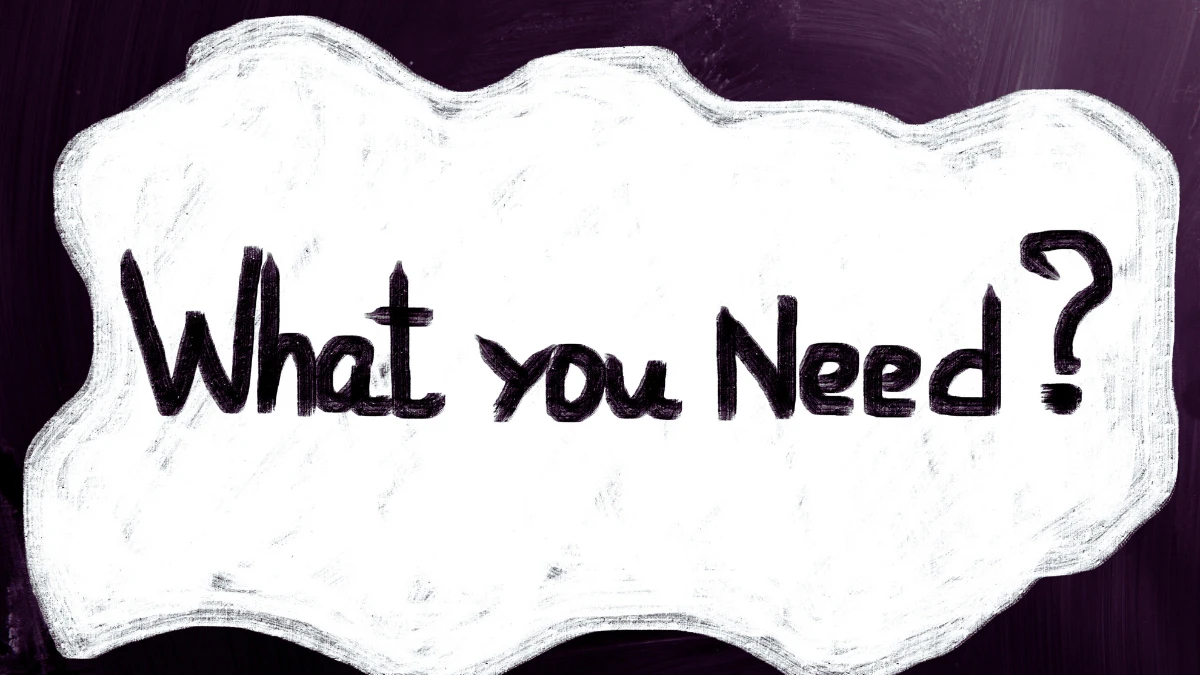
Here’s a study that explains why budgeting apps fail at changing behavior. Research published in the Journal of Consumer Behaviour in 2024 found that financial well-being depends more on psychological factors than cognitive tracking.
The study showed that people who practice “mental budgeting” – having a rough idea of spending limits in their head – often have better financial outcomes than those who track every detail.
Why? Because detailed tracking happens after you spend. You buy something, then log it later. But spending decisions happen in real-time. When you’re standing in Target, your budgeting app isn’t there to stop you from grabbing that extra item.
This creates what researchers refer to as “present bias.” You make choices that feel good now, but your actions will be judged later by your app. It’s like having a coach who shows up after the game to tell you what you did wrong.
4. Your Brain Gets Tired of Making Tiny Decisions

Every expense category is a decision. Should this go under “food” or “dining out”? Is Netflix “entertainment” or “utilities”?
These micro-decisions create what psychologists call decision fatigue. Your brain gets tired of making small choices. After a few weeks, even opening the app feels exhausting.
26% of Americans check their bank accounts once a month or less. That’s not laziness. That’s decision fatigue. When managing money requires 50 small choices every day, people shut down.
Apps that promise to make budgeting easier actually make it more complex. They turn one simple question – “Can I afford this?” – into dozens of detailed tracking decisions.
5. The Data Shows that Most People Stop Eventually

Here’s what actually happens with detailed expense tracking. You start strong. Track everything for 2-3 months. Build averages for your spending categories. Then you slowly stop.
This isn’t failure. It’s normal. Research shows that most people naturally move from detailed tracking to “relaxed budgeting” once they understand their spending patterns.
The problem is that apps make you feel like quitting detailed tracking means quitting budgeting entirely. That’s not true. The tracking was just a tool to learn your patterns. Once you know them, you can use simpler methods.
But apps need you to keep logging data. So they make you feel guilty for moving on to something that actually works better for your life.
The Science Behind Why We Quit

Money stress affects 53% of Americans. Another 52% feel anxious just thinking about finances. With numbers like this, you’d think detailed expense tracking would help by giving people control.
Instead, it often makes the anxiety worse.
Behavioral finance research explains why. Our brains aren’t wired for perfect financial tracking. We think about money in mental buckets, not detailed spreadsheets.
When you force your brain to work against its natural patterns, you create friction. That friction feels like stress. Keep it up long enough, and your brain starts avoiding money conversations entirely.
The most successful budgeters don’t track more details. They work with their brain’s natural tendencies instead of fighting them.
Mental budgeting beats detailed tracking for most people. You know roughly how much you can spend on groceries, entertainment, and bills. You don’t need to track every dollar to stay within these ranges.
People with higher financial well-being focus on big-picture goals, not daily expense categories. They know their fixed costs. They automate their savings. They spend the rest without guilt.
This approach requires much less mental energy than detailed tracking. And it works better for long-term financial health.
What Actually Works: The Simplified Approach
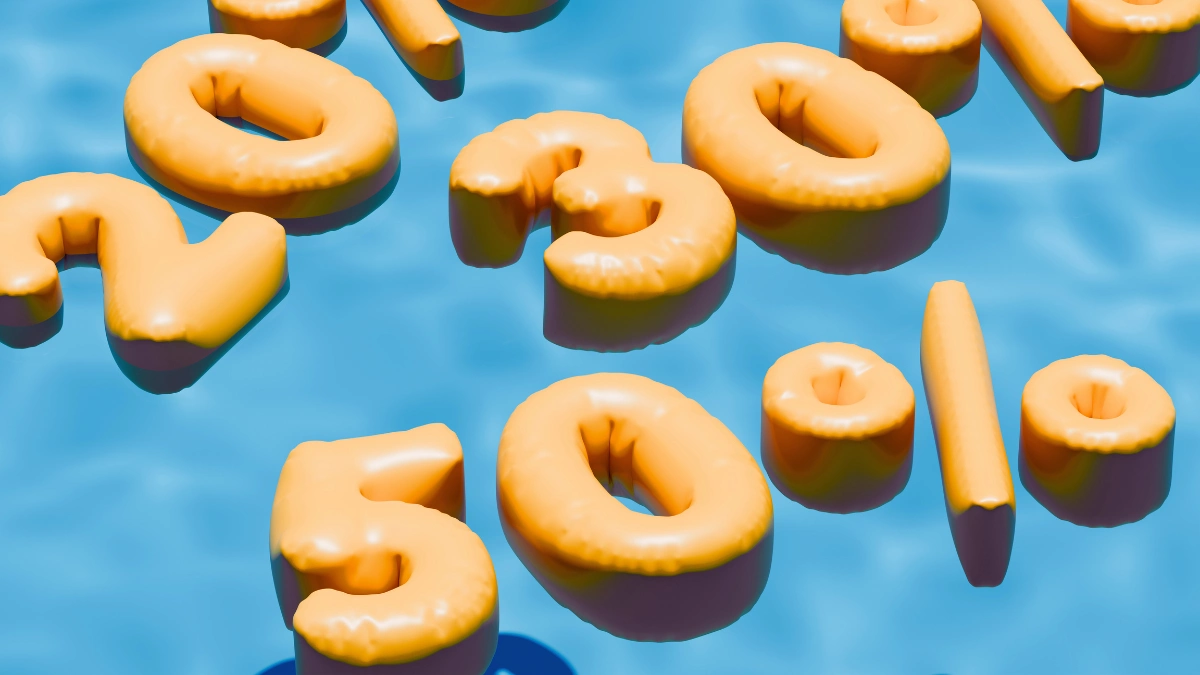
After quitting detailed expense tracking, I tried something different. Instead of tracking everything, I focused on three simple numbers.
This approach comes from Senator Elizabeth Warren’s 50/30/20 rule. It’s not new, but it works because it matches how people actually think about money.
Here’s how it works:
- 50% of your after-tax income goes to needs (rent, groceries, utilities, minimum debt payments)
- 30% goes to wants (dining out, entertainment, shopping, hobbies)
- 20% goes to savings and extra debt payments
That’s it. Three categories instead of twenty.
If your take-home pay is $4,000 per month, you’d aim for roughly $2,000 on needs, $1,200 on wants, and $800 on savings.
These aren’t rigid rules. If you live somewhere expensive, you might need 60% for needs and 20% for wants. If you’re paying off debt fast, you might flip it to 50/20/30.
The point isn’t perfect tracking. It’s having a simple framework that guides your big decisions.
- Pay yourself first. Set up automatic transfers to savings on payday. This removes the decision from your daily life. Money goes to savings before you can spend it on other things.
- Know your fixed costs. Add up rent, utilities, car payments, insurance, and minimum debt payments. This number stays the same every month. Everything else is flexible.
- Track your free spend. After fixed costs and savings, what’s left? That’s your “free spend” money for food, entertainment, and impulse purchases. Spend it without guilt.
This system works because it focuses on what matters: Are you saving money and covering your basics? If yes, the exact categories don’t matter much.
You can automate the important parts and relax about the rest.
Tools That Don’t Overwhelm

You don’t need complex apps for simple budgeting. Here are tools that work without creating more stress:
- PocketGuard shows one number: how much you can spend today. It calculates this after bills and savings goals. No categories. No detailed tracking. Just “you have $47 left this week.”
- Rocket Money focuses on subscriptions and bill negotiation. It finds money you’re wasting rather than judging money you’re spending.
- Google Sheets or Excel gives you total control. Create three columns: Needs, Wants, Savings. Update monthly, not daily. No apps judging your coffee purchases.
Many people prefer old-school methods. Write your three target numbers on a sticky note. Check your account balance once a week. Done.
The best budgeting tool is the one you’ll actually use consistently. If detailed apps stress you out, simpler is better.
- Automatic transfers work better than tracking apps. Set up automatic savings transfers on payday. Automate bill payments. Let technology handle the boring parts while you focus on bigger money decisions.
- Track net worth, not daily expenses. Check your total assets minus debts once a month. This number matters more than whether you spent $43 or $51 on groceries last week.
The Bottom Line: Progress Over Perfection
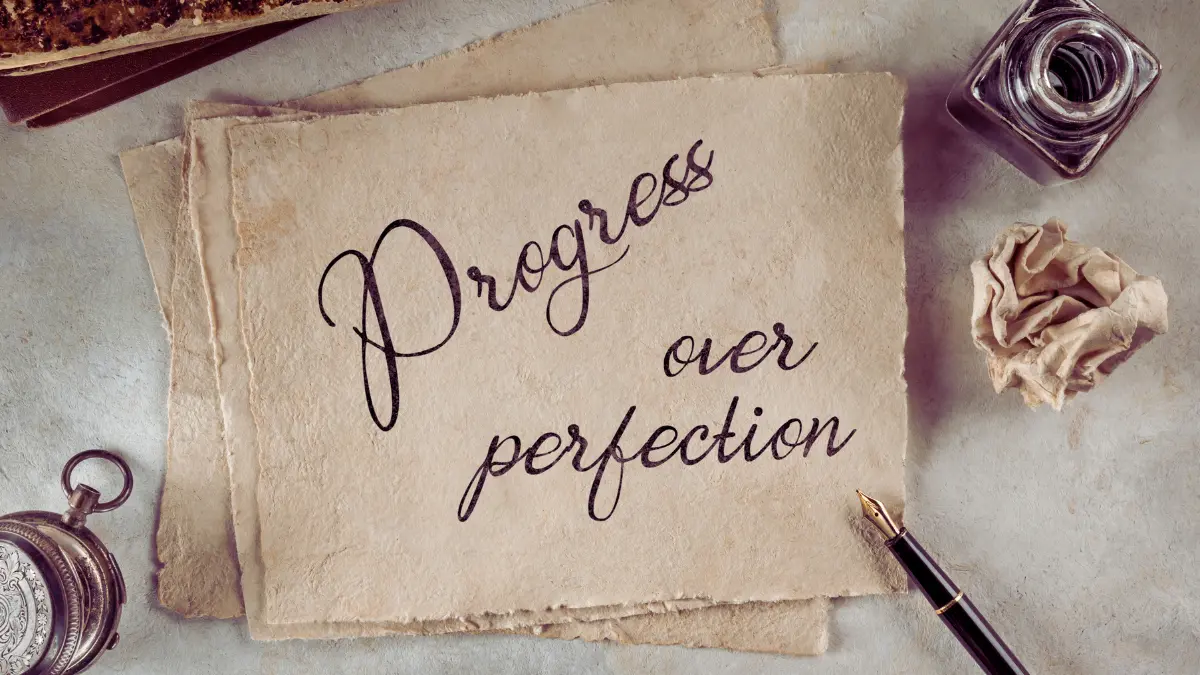
Americans save only 4.4% of their income on average. Any system that gets you saving more than that is successful. You don’t need perfect tracking to build wealth.
62% of workers felt more in control of their finances in 2025 compared to 56% in 2024. This improvement didn’t come from better expense tracking apps. It came from focusing on financial wellness instead of financial perfectionism.
Financial wellness means having enough for emergencies, saving for goals, and not losing sleep over money. It doesn’t mean knowing exactly how much you spent on lunch last Tuesday.
The goal is building good money habits, not perfect money records.
Here’s what I wish someone had told me before I spent a year tracking every penny: The best budget is the one you can stick with.
If detailed tracking works for you, keep doing it. But if it makes you feel guilty, stressed, or overwhelmed, try something simpler.
Your relationship with money should reduce stress, not create it.
